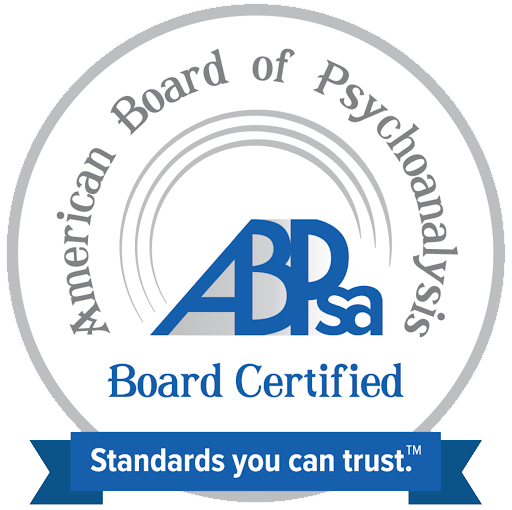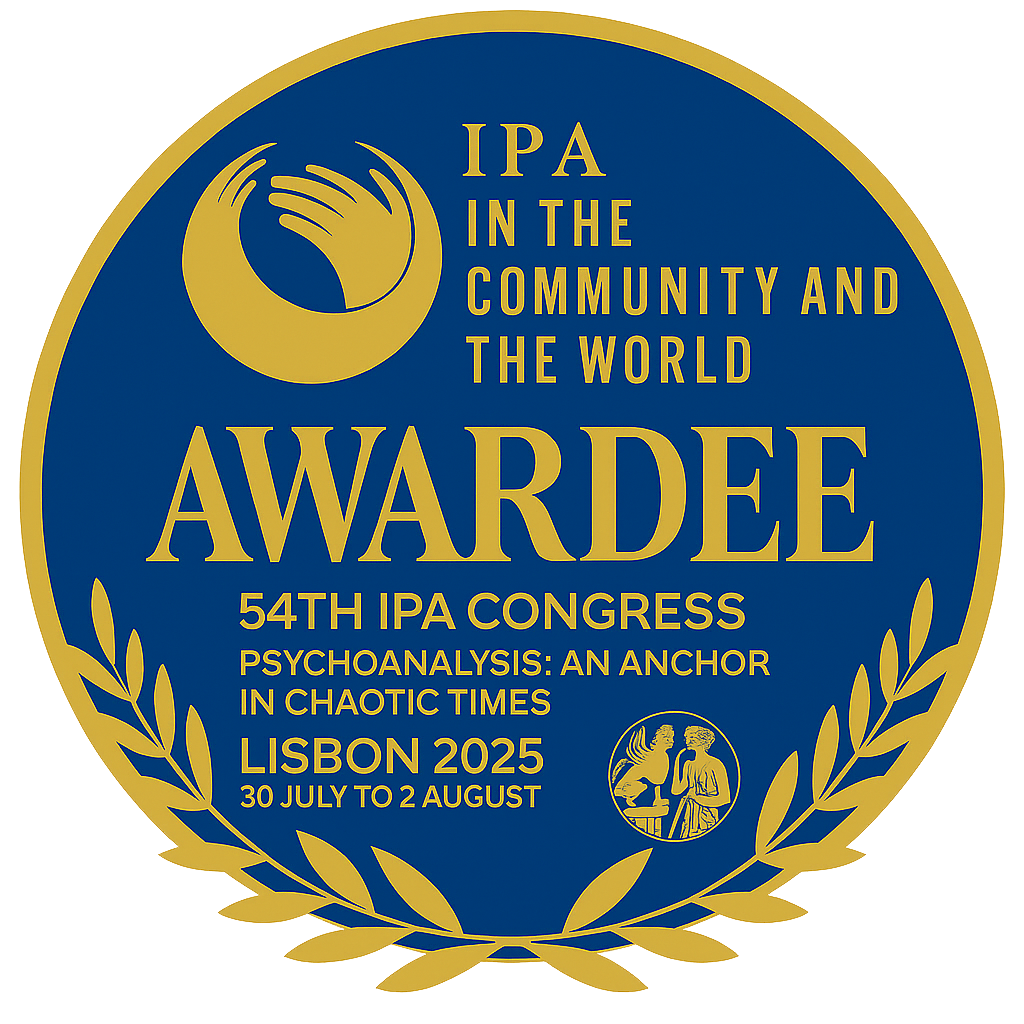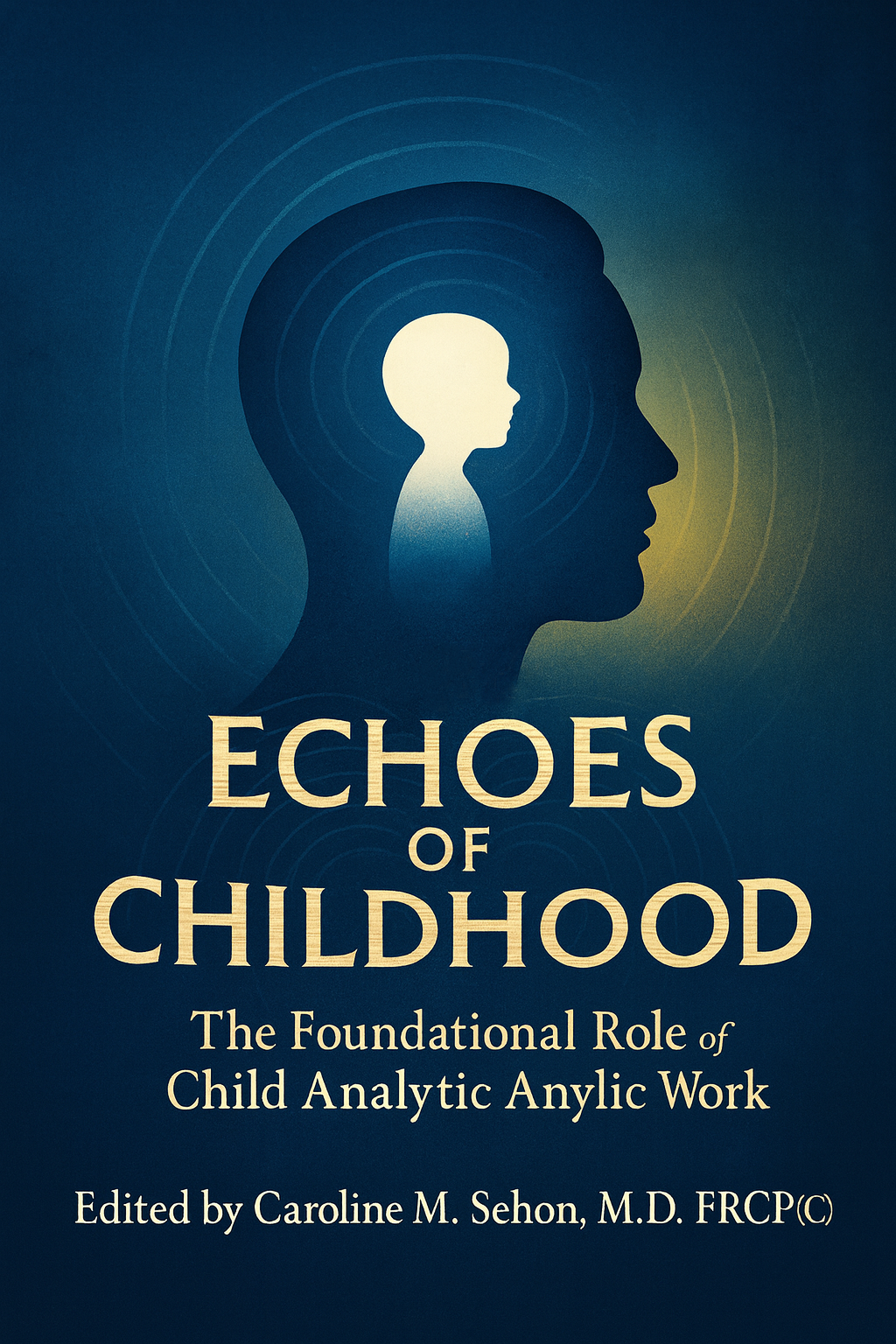
Discover how child analysis illuminates the entire life span.
"Caroline Sehon's Echoes Of Childhood: The Foundational Role of Child Analysis in Adult Analytic Work emerges from over a decade of rigorous, generous, and sustained dialogue among child analysts at the meetings of the American Psychoanalytic Association (APsA)." - Virginia Ungar (Argentina)
Echoes of Childhood, explores the enduring influence of early experience on personality, relationships, and analytic work. Each presenter readily agreed to contribute, united by a shared purpose: to demonstrate how a child analytic perspective opens access to the deepest layers of the adult mind.
Audience: Psychoanalysts, psychotherapists, educators, and anyone interested in the impact of childhood.
KARNAC PUBLISHING -Lecture series coming soon!
The book that defines Life-Span Analysis
First major work of its kind in 30+ years
Insights spanning infancy to adulthood
Clinical vignettes showing continuity of psychic life
Child analysis as a vital lens for all analytic work
Featured Editors and Contributors:
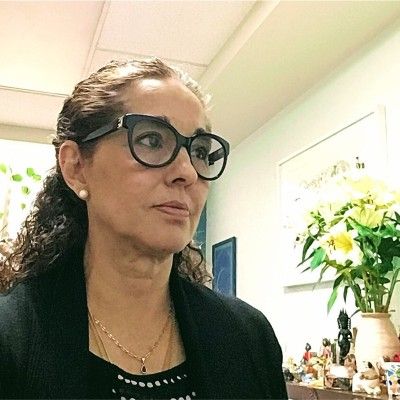
Ana Maria Barroso, MD (Mexico)
is a child and adult psychiatrist, adult psychoanalyst, and child psychotherapist. She serves as a faculty member of the International Psychotherapy Institute (IPI), where she chairs the China Adult Psychotherapy Program and teaches and supervises in multiple IPI psychotherapy programs, including the Combined Child Analytic and Child Psychotherapy Program. Dr. Barroso is in private practice in Mexico City, working with children, adolescents, adults, and parental couples.
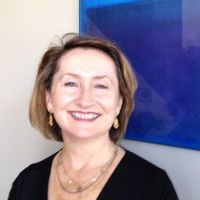
Mary T. Brady, PhD (USA) is an adult and child psychoanalyst in San Francisco. On the faculties of the San Francisco Center for Psychoanalysis and the Psychoanalytic Institute of Northern California, she is the recipient of the American Psychoanalytic Association’s Ralph Roughton Paper Award. Her book, Psychoanalysis with Adolescents and Children: Learning to Surf has just been published by Routledge. She is editor of Braving the Erotic Field in the Treatment of Children and Adolescents (Routledge, 2022), and author of Analytic Engagements with Adolescents and The Body in Adolescence (Routledge 2018 and 2016 respectively). She has been North American co-chair for the Committee on Child and Adolescent Psychoanalysis (COCAP) of the IPA and is co-chair of the Committee of the Status of Women and Girls for APsA. For a decade she has co-led a Psychoanalysis and Film group.
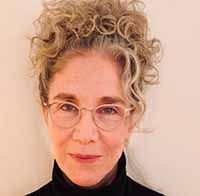
Talia Hatzor, PhD (USA) is the chair of the Parent Infant Psychotherapy Training Program at the Columbia University Center for Psychoanalytic Training and Research. She is a training psychoanalyst at the Contemporary Freudian Society in New York City. She specializes in teaching via infant observation based on Bick’s method. In her private practice, she sees parents and infants, children, and adults. She has been involved in clinical and supervisory work with families and children in the community for several decades. She is an adviser at Early Childhood Safe Spaces, an organization working with migrant families in New York City, leading work discussion groups with migrant teachers, and offering infant and young children mental health expertise. She currently chairs the IPA Committee of Psychoanalysis in Education in the Community and the World.
ENDORSEMENTS
Short - This theoretically and clinically rich book is of enormous importance for a vital topic in psychoanalysis: the contributions collected in it show in a very personal way how, through personal experiences of child analysis and the psychoanalyst's attention to pre- and extra- linguistic forms of communication, the scope and effectiveness of psychoanalytic therapy and psychoanalysis for patients of all ages can be expanded. The possibility of profound emotional change is noticeably increased, even in cases of severe trauma and developmental disorders. This has consequences for psychoanalytic training, because after reading this book, it becomes clear how much the inclusion of a child analytic perspective trains the ability to listen, understand and speak in a way that is emotionally meaningful in psychoanalysis. And this is decisive for the future of psychoanalysis. - Dr. med. Heribert Blass, IPA PRESIDENT
Long -This theoretically and clinically rich book is of enormous importance for a vital topic in psychoanalysis: the contributions collected in it show in a very personal way how, through personal experiences of child analysis and the psychoanalyst's attention to pre- and extra-linguistic forms of communication, the scope and effectiveness of psychoanalytic therapy and psychoanalysis for patients of all ages can be expanded. In addition to the illuminating theoretical foundation, the excellent case reports with their detailed descriptions of the course of treatment and several verbatim transcripts are particularly helpful to psychoanalysts and therapists who work exclusively with adults, enabling them to discover the specific value of child analytic experience and to use it in their own psychoanalytic work. The various contributions repeatedly illustrate in a touching way that a profound knowledge of child psychological development and experience gained from child analysis increase the analyst's and therapist's ability to bring about lasting psychological change, even in cases of severe trauma and developmental disorders. This has consequences for psychoanalytic training, because after reading this book, it becomes clear how much the inclusion of a child analytic perspective trains the ability to listen, understand and speak in a way that is emotionally meaningful in psychoanalysis. But as we know, the process of learning never stops. Therefore, this book is suitable for therapists- and analysts-in-training, as well as for therapists and analysts at every career stage. The book helps to keep alive the productive childlike urge for further knowledge about oneself and the world, even when working with adults, and it is this focus on living emotional knowledge that makes this book relevant for the present and future of psychoanalysis and psychoanalytic therapy.
- Dr. med. Heribert Blass, IPA PRESIDENT
______________________________________________________________________________
Short- Caroline Sehon’s edited collection is a generous, innovative, and open-minded exploration that thoughtfully engages with both clinical and conceptual psychoanalysis throughout the lifespan. The volume underscores the enduring importance of childhood experiences in shaping development, while vitalizing the concept of the child within the adult and the enduring presence of the infantile. As I read this book, I felt invited into a dialogue with the contributors, who pause to wonder and pose questions about the different ways we might interpret the clinical encounter. This engaging and thought-provoking volume is highly recommended to all psychoanalysts and psychotherapists, and it will serve as a valuable teaching resource. - Louise Gyler, Ph.D., President, Asia Pacific Psychoanalytic Confederation
Long-Caroline Sehon’s edited collection is a generous, innovative, and open-minded exploration that thoughtfully engages with both clinical and conceptual psychoanalysis throughout the lifespan. Drawing on more than a decade of ongoing discussions among child analysts at meetings of the American Psychoanalytic Association, the book underscores the enduring importance of childhood experiences in shaping development. It vitalizes the concept of the child within the adult by vividly tracing the infantile threads across the lifespan, and it demonstrates the clinical necessity of listening to nonverbal communications where traces of the infantile find expression. Sehon’s organisation of this book is masterly, allowing for both an immediate and a reflective reading experience. As I read, I felt invited into a dialogue with the contributors, who pause to wonder and pose questions about the different ways we might interpret the clinical encounter. A wonderfully rich and engaging volume, it is essential for practising psychoanalysts and psychotherapists and stands out as an indispensable teaching resource. - Louise Gyler, Ph.D., President, Asia Pacific Psychoanalytic Confederation
______________________________________________________________________________
short -This inspiring volume demonstrates with clarity and compassion how a child analytic perspective offers unparalleled access to the adult mind. By attuning us to the “child within,” it enriches our capacity to listen beyond words, contain primitive states, and engage with the most vulnerable aspects of the psyche. The editor and contributors are to be commended for bringing together their profound clinical wisdom, reminding us that child analysis is not a narrow specialty but a vital foundation for analytic work across the life span.
- Alessandra Lemma, Fellow of the British Psychoanalytic Society and Visiting Professor
in the Psychoanalysis Unit, University College London and Consultant, Anna Freud Centre.
______________________________________________________________________________
This new volume fills the need to demonstrate the importance of child analysis and development for the working with all ages. Despite child analysis being over one hundred years old, it remains the step child psychoanalysis. Too often analysts who only work with adults, and those who train them fail to realize that psychoanalysis is first and foremost a developmental psychology and that, therefore, we should be training what Novick and Novick call life-span analysts. This offering of clinical material and sophisticated discussions of it challenges these old biases and provides irrefutable proof of the value of knowing and understanding child analysis when treating adults.
-Alan Sugarman, Ph.D.
Child, Adolescent, and Adult Training and Supervising psychoanalyst, San Diego Psychoanalytic Center; Inaugural Head, Child and Adolescent Psychoanalytic Department, American Psychoanalytic Association.
This thoughtfully edited book meets a longstanding need in psychoanalysis: to demonstrate that child analytic work and thinking is something that all analysts should be exposed to. The last attempt to do so occurred thirty-five years ago and has been remarkably unsuccessful in altering the longstanding biases of those who work only with adults that child analysis is completely irrelevant for them. Child and adolescent analysis have occupied the role of stepchild in psychoanalysis since its inception. Lip service gets paid for the idea that psychoanalysis is a developmental psychology without much interest in learning about development or treatment of young children by analysts of adults. As a result, those who only treat adults lose the technical flexibility and insights that experience with children brings to our field.
For over a decade, both the American Psychoanalytic Association and the International Psychoanalytic Association have encouraged psychoanalytic institutes to have integrated child and adult curricula, including graduation requirements. Kerry Kelly Novick and Jack Novick have advocated training Life-Cycle Psychoanalysts who work with patients from all developmental stages. Others have illustrated that there is just one psychoanalytic process that characterizes both child and adult treatment despite certain technical differences. Despite these innovative approaches and ideas, there remains great resistance to including child analytic and developmental literature and ideas in all psychoanalytic courses. All too often, candidates who work with only adults complain that such material is irrelevant. Faculty complain that they do not feel qualified to teach it or that it takes space away from other more important content.
This volume by Caroline Sehon will prove a crucial counterpoint to these misguided resistances. Based on a longstanding discussion group at the APsA annual meetings that she chairs with Virginia Unger, Dr. Sehon offers us fascinating and illuminating clinical material and discussions of it by a range of experienced and renowned child analysts. For example, Rex McGehee and Ted Jacobs articulately show how David Scharff’s analysis of an obsessional latency-aged girl offers useful insights into obsessional issues in adult patients. Jill Scharff is equally articulate in discussing Dr. Sehon’s example of countertransference with an adolescent patient as she demonstrates that being aware of it can help the analyst of adults to “live in their body as a container for the unspoken, repressed, fragmented, and somatized representation of … unbearable reality.” The way in which working with children can sensitize analysts of adults to the importance of nonverbal communication is also emphasized in a chapter by Virginia Unger and Jill Scharff.
I urge all psychoanalytically oriented clinicians to study this book carefully. No matter what aged patients you work with, the insights offered in this book, using detailed clinical material, will be useful.
- Alan Sugarman, Ph.D.
Child, Adolescent, and Adult Training and Supervising psychoanalyst, San Diego Psychoanalytic Center; Inaugural Head, Child and Adolescent Psychoanalytic Department, American Psychoanalytic Association.

